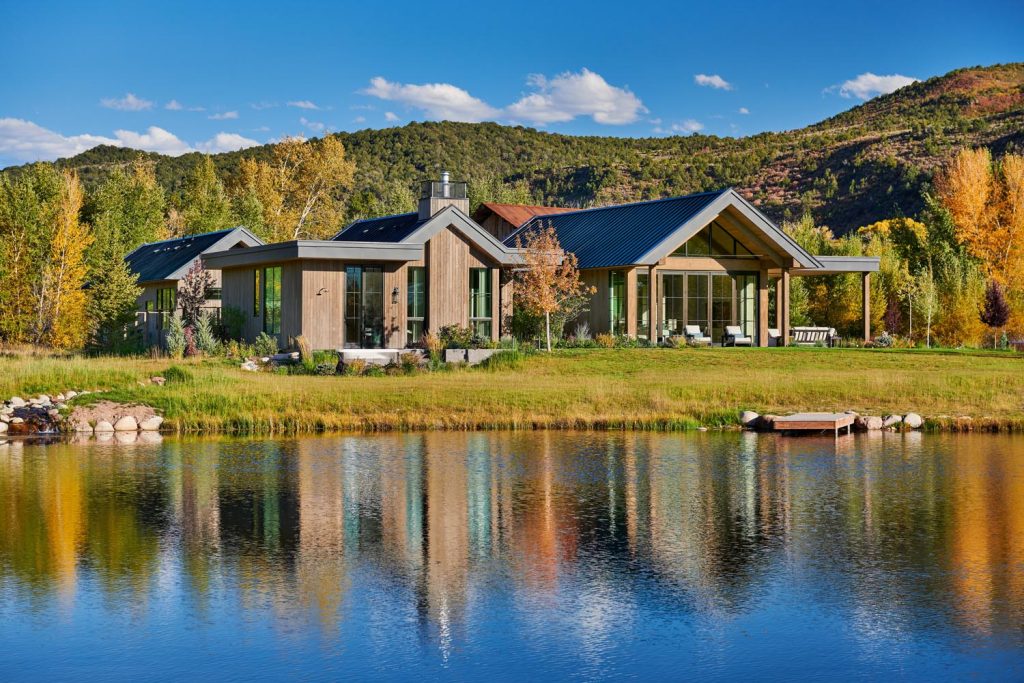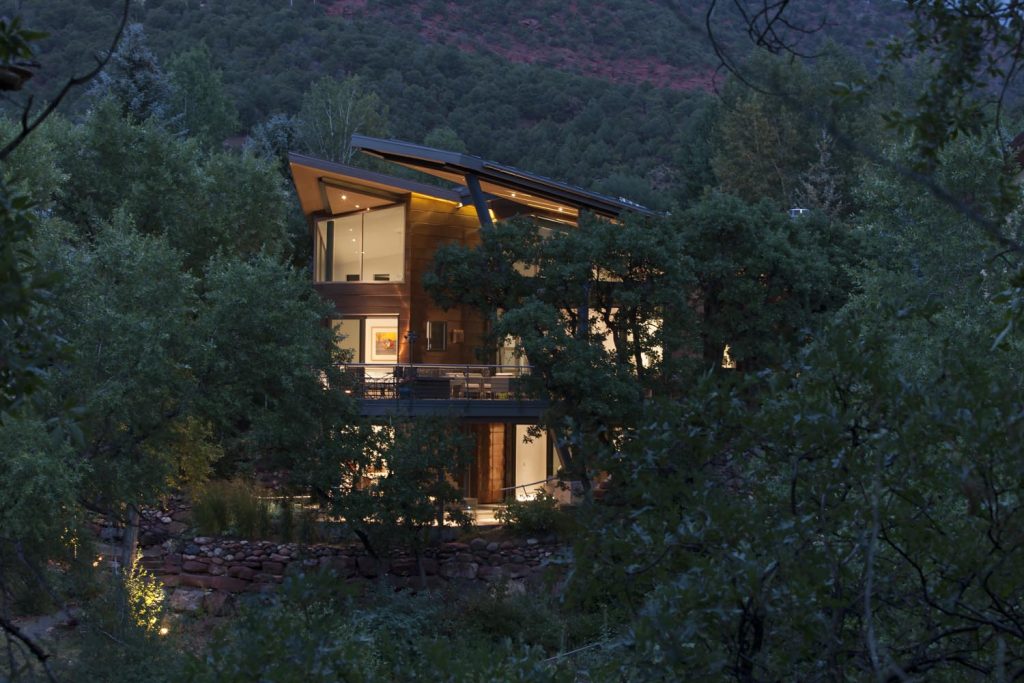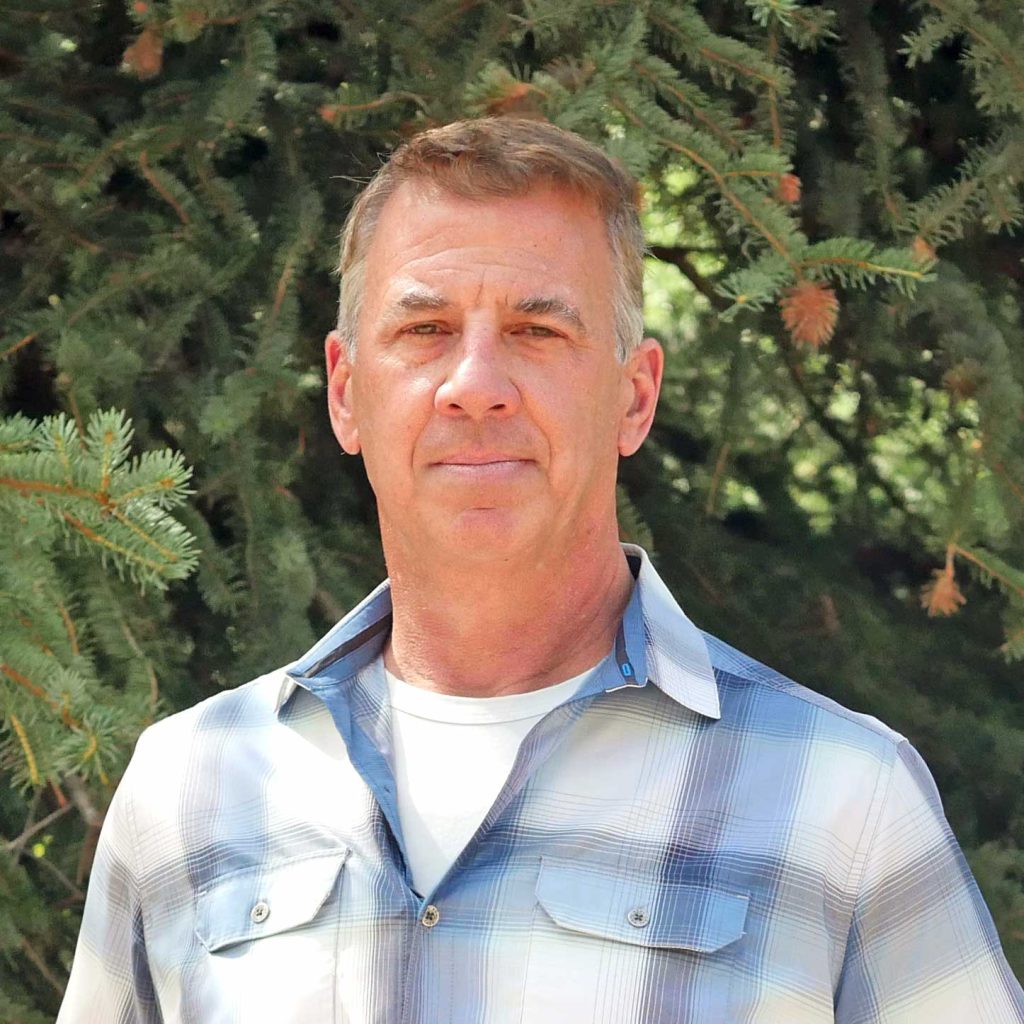Thinking of building a custom home in Aspen, Carbondale, or elsewhere in the Roaring Fork Valley?
There’s a lot you need to know before you get started. Dreaming of your custom luxury dream home is the fun part — but to turn it into reality, you need a trustworthy partner that can see your vision too.
Maley Custom Building has been building from the ground up in Aspen, Snowmass Village, Old Snowmass, Basalt, Missouri Heights and Carbondale since 1994. As one of the most respected builders on Colorado’s western slope, we have insights to offer you as you embark on your homebuilding journey.

Choosing Your Build Team
Many homeowners aren’t sure what the correct order of operations is when selecting the partners who will design and build their home. Should you buy land first? Get a design from an architect and then hire a homebuilder?
Depending on who you ask, the answer might vary. However, there’s a big benefit to selecting your entire build team — including an architect, home builder, and interior designer — as the first step of your project, before you find a location and draw up plans.
When to find an architect?
The benefit of selecting a builder first is the opportunity to collaborate from the very beginning of your project.
When your builder and architect work together, you can achieve better results. For example, if you are very price sensitive, as the homebuilder, we can make suggestions and adjustments to the design together with the architect. This may look like building a two-story home rather than a rambling estate to save on the digging, foundation pouring, and roofing. Then, your budget can be reallocated to luxury finishes and materials, achieving a high-end look while still being respectful of the overall budget.
Your build team can also help you select your site. They’ll know your all-in budget, your design goals, and the feasibility constraints. This means they can help you choose a suitable piece of land that meets your needs, rather than having to compromise your final vision to work with an existing space.
Selecting Your Site
There are multiple steps that need to happen before you can start your custom build: find land, design plans, and choose your builder. There is more than one correct order you can do this in.
Many clients already have land selected when they come to us, and that’s perfectly fine. In fact, about 75% of our projects begin this way. For the other 25% who approach us before purchasing, including your builder in the land selection process can be incredibly valuable. We can help evaluate potential lots based on several key considerations, such as:
Suitability
Your home’s placement will be an essential factor in achieving your goals, whether you want a sprawling riverside ranch, a cozy cabin in the trees, or a panoramic view from your front door. A site with mature trees may be wonderful, but if they are not healthy, you’ll spend time and money removing them. In the same vein, a stunning creek in your yard may sound tranquil, but we can help you identify if it poses a risk of flooding in your future home.
Water access
Speaking of water, you’ll need to know what kind of utilities you will need to plan for when selecting your site. Will you have access to town water or require a septic tank and leechfield? If you need septic, that requires additional testing and specialty labor. That’s absolutely not a dealbreaker for most homeowners, but planning ahead can help you get a full picture of your all-in costs and complexity before building starts.
Driveway
Access starts with the driveway, and its length has a major impact on cost. The farther your home is from the road, the more grading and preparation are needed to create a safe and reliable approach. Long driveways on sloped land may require extra work to ensure they are durable and easy to maintain, especially through Colorado’s snowy winters. Planning this early helps set a realistic budget and ensures year-round access.
Terrain
Digging on the side of a mountain is much more difficult and expensive than digging on a flat piece of land. This is a reality for those who want a mountain home — but if your priorities are elsewhere, choosing a piece of land with more suitable terrain will allow your budget to go farther toward high-end finishes, more living space, outbuildings, or more.
Budgeting and Financial Considerations
Many of our clients pay cash and forgo financing. However, that’s not always the norm for custom home building. If you need to get financing for your project, we have some recommendations:
Choose local
While many national franchises and online banks now offer construction loans with enticing promotions, you can’t beat local knowledge and expertise. We find that the local branches throughout the Roaring Fork Valley truly understand the custom home market here, and everything that goes along with it: meaning the inspections, appraisals, and process.
Compare multiple options
To make the most informed decision, shop around and compare local branches and online banks. This will help you get a full picture of the landscape for custom home financing, which will make you feel more confident about your final decisions. If you have the option, work with your financial advisor to choose the financing structure that works best for you. Some banks we typically recommend taking a look at? Bank of America, Alpine Bank and the Bank of Colorado.
What Impacts the Cost Most?
Aside from your location and the overall complexity and scope of work, the materials your home is built with have the biggest impact on your cost. Structural steel has a heavy influence on the total pricing for a home. Trim and siding, and framing packages will also play a big role. For example, this custom home we built in Basalt, CO features high-fidelity framing and angles that required a significant investment in structural steel.

Tariffs and economic uncertainty
Tariffs and economic uncertainty can influence the cost of custom home building, but not all cost drivers carry the same weight. The largest influences on a project’s budget are the major structural and exterior elements such as structural steel, copper wiring, framing packages, and exterior finishes like siding, trim, and wood or steel accents. Medium-level cost factors include high-impact finish items such as cabinetry, countertops, appliances, plumbing trim, tile, and wood flooring. Smaller selections, such as carpet, tend to have very little effect overall. For example, even if carpet prices increase by 10 percent, that change represents less than one-tenth of one percent of the total budget. Understanding these tiers helps clients focus on the decisions that make the greatest difference in both cost and value.
For key materials like steel and lumber, large suppliers often purchase long-term supplies at a fixed price. These contracts lock in predictable rates regardless of wild market swings. That stability flows down the line, as suppliers provide predictability to builders, and Maley passes that same predictability on to homeowners.
This is where choosing Maley Building Corporation makes all the difference. We prioritize transparency, keeping clients informed about which costs matter most and where price stability can be expected. By combining careful planning with long-standing supplier relationships, we help clients feel confident in their investment and ensure budgets stay on track, even in uncertain economic times.
Timelines & Scheduling
The timeline for a typical custom home build in the Roaring Fork Valley is a minimum of 14 months, but often these custom luxury homes are anything but typical.
A particularly complex or specialty project may take closer to 18+ months. However, selecting an experienced, local homebuilder will give you an advantage. Not only will they know local vendors and subcontractors, but they’ll also have a detailed working knowledge of other factors that can cause delays.
Permitting
Though it’s a larger project, custom home builds permitting can actually be easier than many other home renovations. This is because we start from the beginning and have more control over the process. When you build from the ground up, there’s usually less opportunity for nasty surprises like mold behind a bathroom wall or rotting joists. That leads to less overall scope creep which can be one of the biggest contributors to project extensions.
Second, permitting is best done well in advance, and during our planning phase, we’ll make sure every step is taken care of. As a local builder that’s been operating in the Roaring Fork Valley for over 3 decades, we know how the permitting office runs — and can use that to our advantage.
Get in Touch with the Roaring Fork Valley’s Premier Custom Home Builder
Maley Building Corporation has spent over thirty years honing our craft in the Roaring Fork Valley. From riverside homes, to modern getaways, to cozy mountain cabins — we have done it all.
If you are looking for a custom home with expert craftsmanship, look no further. Get in touch for a free consultation from our experienced home building team.
